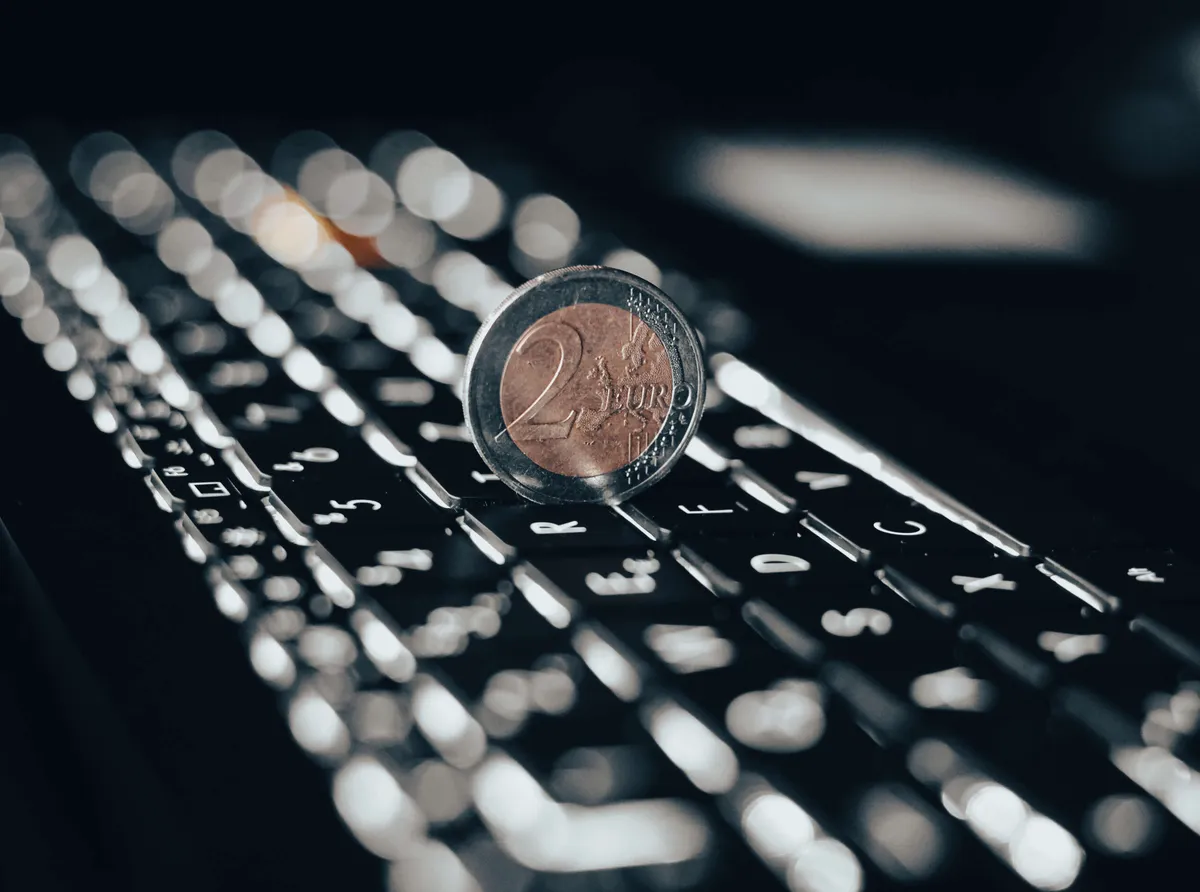From the reader. Most European consumers have to use many different cards, applications and devices to pay. In their opinion, digital payments have not met the expectations of a convenient payment solution covering the entire euro area.
The digital euro would combine the ease of cash payment and the convenience of electronic payment.
The introduction of the euro 25 years ago changed Europe significantly: different countries now used the same banknotes and coins for the first time.
Who would have thought that the contents of our wallets could unite us all?
Since then, euro banknotes have made life easier for families, companies and tourists in the euro area. Additional costs and worries about the acceptability of the payment method have become history.
Say goodbye to a fragmented payment system
However, in the digital age, this carelessness is fading. Most consumers use many different cards, applications and devices in different payment situations.
Therefore, digital payment has not always delivered on its promises.
The Eurozone is stuck in a fragmented payment system, and digital payment solutions do not meet all our needs.
For example, in Madrid and Paris, you can easily pay for a meal or a taxi ride with a contactless payment, while in rural areas of Germany and Austria, only cash or local bank cards are often used as payment methods.
You can also conveniently send money to family members or friends with some mobile apps, but you can’t use them to pay for purchases online or in brick-and-mortar stores.
So we still don’t have a digital payment solution that works effectively in the entire euro area and in all situations.
What if we could combine the ease of cash payments with the convenience of digital payments? The digital euro would enable smooth electronic payment anytime and anywhere – also in connection with online shopping.
The digital euro would be a free and electronic means of payment suitable for every situation, which could be used alongside cash throughout the euro area. With that, we could say goodbye to a fragmented payment system.
Easy to use digital wallet
With the digital euro app, the bank’s app or a physical card, you could easily use a digital wallet where payments would be processed quickly.
Let’s imagine that you go to a coffee shop on a business trip and realize that you forgot your wallet at home or you don’t have enough cash. Or maybe the cafe doesn’t accept your bank card.
If you had digital euros, you could easily pay for your coffee with a card or smartphone. They would go to pay in all European shops where digital payments are already accepted.
So you would be using a kind of electronic euro banknotes with which you could make purchases in any country in the euro area. Traveling would be even easier.
“The digital euro is the logical next step in the development of a common currency.”
The digital euro could be used daily in other situations as well – when you pay a babysitter, send money to your daughter studying abroad or make online purchases – and possibly in completely new situations as well.
With digital euros, you could, for example, pay for the goods you ordered at home only when they have been delivered, or for a train ticket only if or when the train has arrived on time.
With the digital euro, there would also be no worries about interference and privacy, because you could pay with it even without an internet connection.
Namely, it would offer a reliable backup option for tight situations where the network connection does not work or is too weak in covered areas. It would therefore ensure that payments are not interrupted, and thus improve the resilience of the payment system.
In payments made without the network, personal information would only be known to the payer and the recipient, so privacy protection would be as good as in cash payments.
It’s time to top up the euro cash
What would be the use of the digital euro then? The European Central Bank has not yet made a final decision on whether or not to issue a digital euro.
The decision will only be made when the EU’s legislative bodies have defined the legislation regarding the digital euro. But the project already promises more freedom of choice and more convenient payment.
With the digital euro, instant payments could be made anywhere and at any time in the entire euro area. It would be a unified and free payment solution that would meet even the strictest security and privacy requirements.
The digital euro is the logical next step in the development of a common currency. It is high time to supplement euro cash with a digital euro, which makes our lives easier and makes the payment industry more uniform, competitive, innovative and sustainable.
In my opinion, and hopefully in your opinion, the project is worth considering.
Piero Cipollone
Member of the Executive Board, European Central Bank
